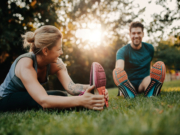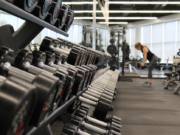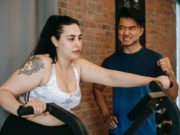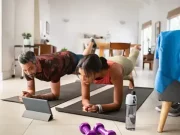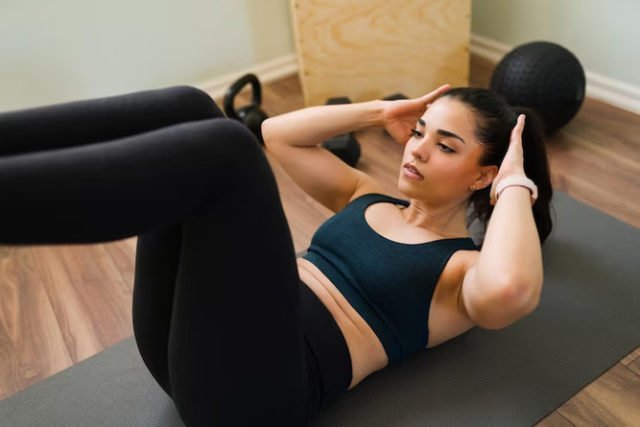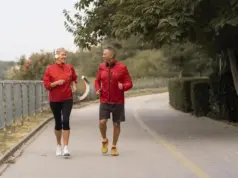You’ve probably heard some advice along the lines of “Use your abs!” or “Steady midline!” if you’ve worked with a fitness instructor. All of these expressions allude to the process of contracting your core muscles in order to balance yourself or prepare your body for a certain exercise. You’ll discover what it means exactly to engage your core in this manual, as well as when to do it and why it’s crucial.
Why should you use your core?
Keeping your core activities when exercising can lessen your chance of injury, particularly lower back issues. Also, when completing abdominal exercises in particular, keeping your core engaged ensures that your abs are doing the job rather than calling on certain muscles to take control. This will increase the impact of those actions. As practically every action we do in daily life starts at the core, it’s critical to maintain core strength.
How to engage your core?
An engaged core is when your core is fully functional at any given moment to give your body stability and spinal support. Here are the 4 approaches to fully engage your core.
- Eccentric back or abdominal contraction
Eccentric contractionsusually take place along with a concentric spasm on the other side of the bone joint. For instance, standing up from a slumped position in a chair.
- Concentric back or abdominal contraction
To move or speed up the body, concentrated contractions are used. For many individuals, these kinds of muscle contractions are the most recognisable.
- Abdominal hollowing or draw-in
When you focus on pulling your stomach towards your spinal cord, the draw-in technique performed by you is called abdominal hollowing. The most effective way to think of this is a kind of spasm that contains a different aspect of exhalation. It can be used for stabilisation.
- Abdominal support
An isometric contraction of your abdominal wall muscles known as abdominal bracing prevents your spine, ribs, or pelvis from moving or changing position. While transferring big loads, like when lifting weights, it is used to protect the spine.
Exercises to engage your core
The simple abdominal stability exercises shown here can help you activate your core. They can assist you to learn how to activate your abs.
- The abdominal pull
You should first sit up or rest on your back, having your knees bent. Once you’ve done that, inhale and release to draw your stomach in, picturing pulling your stomach to your spine. The muscles in your sides and abdomen may tighten, but you still should be able to breathe. Your back shouldn’t move.
- The Plank
Start with the hands and toes in the pushup posture. Maintain your bottom line with the rest of your body while drawing your abdomen towards your spine. Your entire abdominal muscles should be active.
- The bridge
Knees bent and feet hip-distance apart, lie on your back. Tighten your bottom and raise it off the floor while maintaining a stable boot and pelvis. Hold for five counts, let go, and do it again.
- The bird dog
As if you were a table, begin on your hands and knees. Try to keep your spine neutral. One arm should be extended directly in front of the body so that it is parallel to your torso and head. The opposite leg should be extended behind you, parallel to your torso and hand. Your back and abdominal muscles ought to be active.
Conclusion
To support one’s spinal column and pelvis in fixed stances and during dynamic movements, your core must be engaged. This is done by contracting the muscles in your boot. For balancing, pushing, shoving, pulling, and general movement, these muscles are utilised.










